Following the conclusion of World War II, the United States embraced a fervent fascination with automobiles. Virtually anything was accessible by car – be it movie theaters, car washes, restaurants, banks, and even places of worship. This uniquely American approach to attending church epitomizes the era.


These scarce images depict a drive-in church situated in St. Petersburg, Florida. Captured for a proposed LIFE magazine article, these photographs never found their way to publication. While they may lack the whimsical touch of popcorn or the spectacle of roller-skating preachers delivering communion, the concept certainly added a distinctive flavor to Sunday services. Present-day St. Petersburg still maintains a drive-in church, albeit lacking the striking array of vintage cars, which inevitably diminishes some of its original allure.
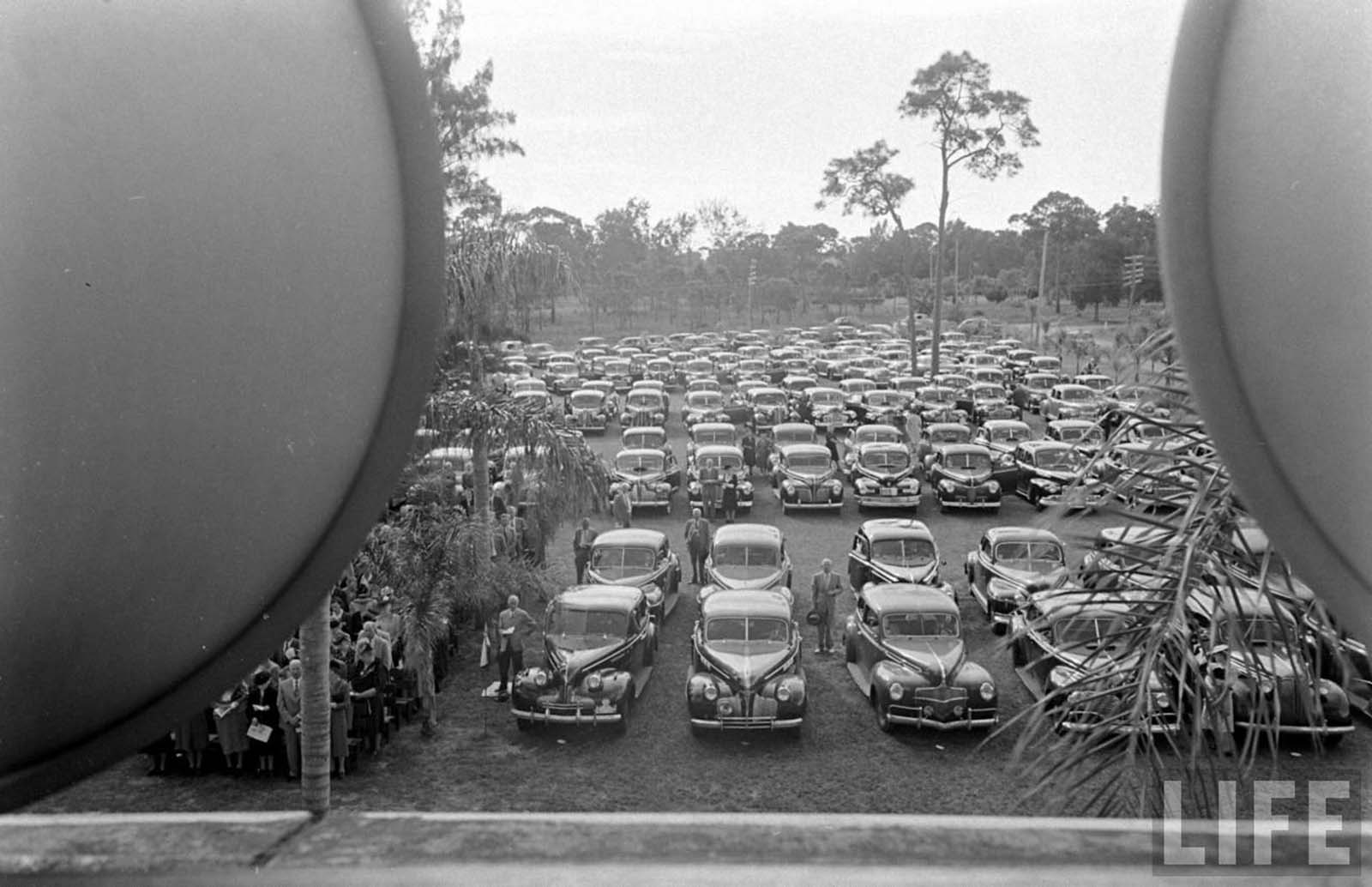
The inaugural official drive-in establishment with historical significance was centered around a movie theater. A semi-drive-in theater known as Theatre de Guadalupe made its debut in Las Cruces, New Mexico, on April 23, 1915. This venue provided comfortable seating for up to seven hundred individuals within its auditorium. Distinctive features encompassed automobile entrances and designated spots for around 40 cars on the theater premises. These spaces were strategically arranged to provide an optimal line of sight for viewing both the cinematic presentations and stage performances, catering to the preferences of car owners.
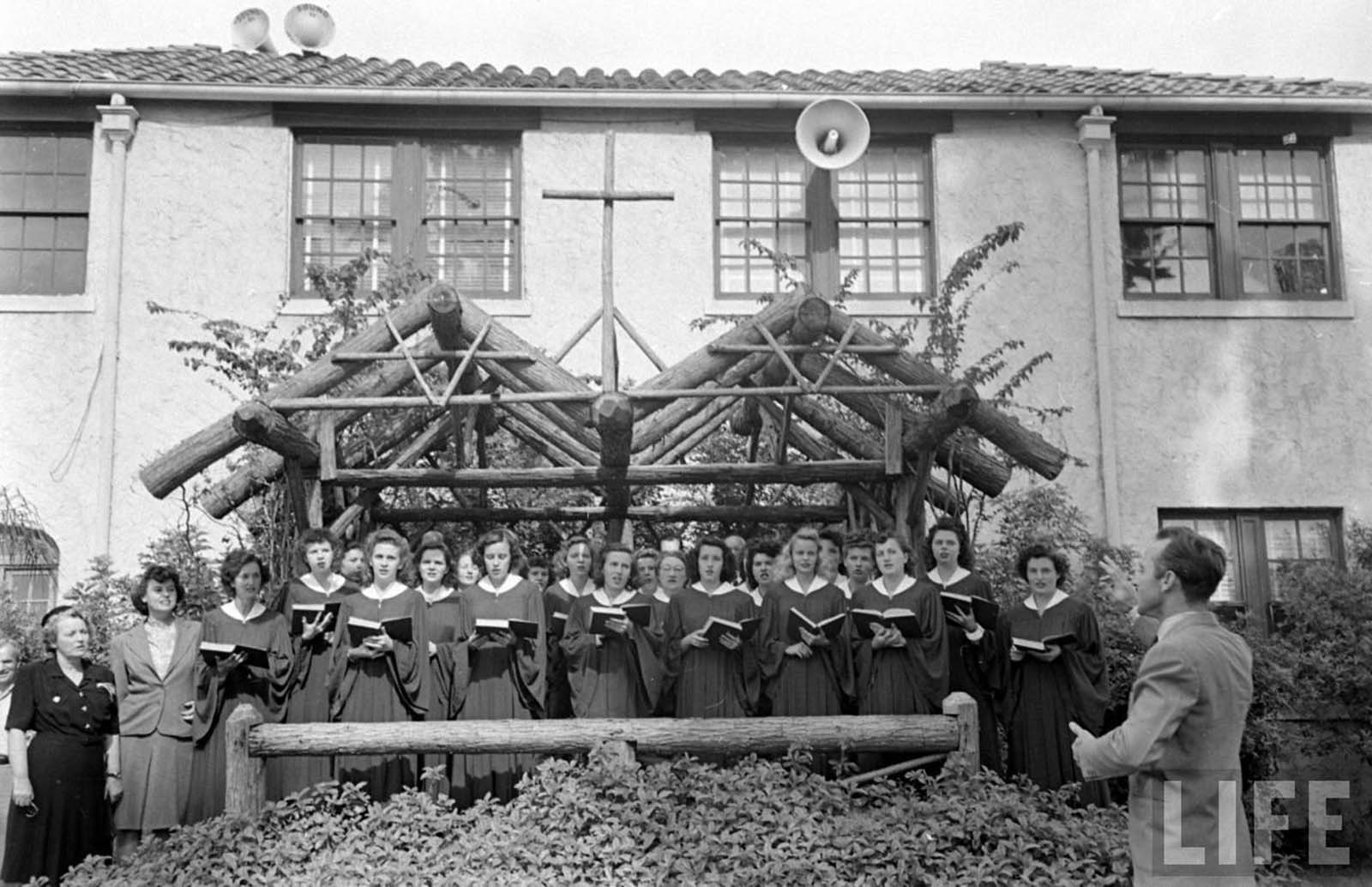
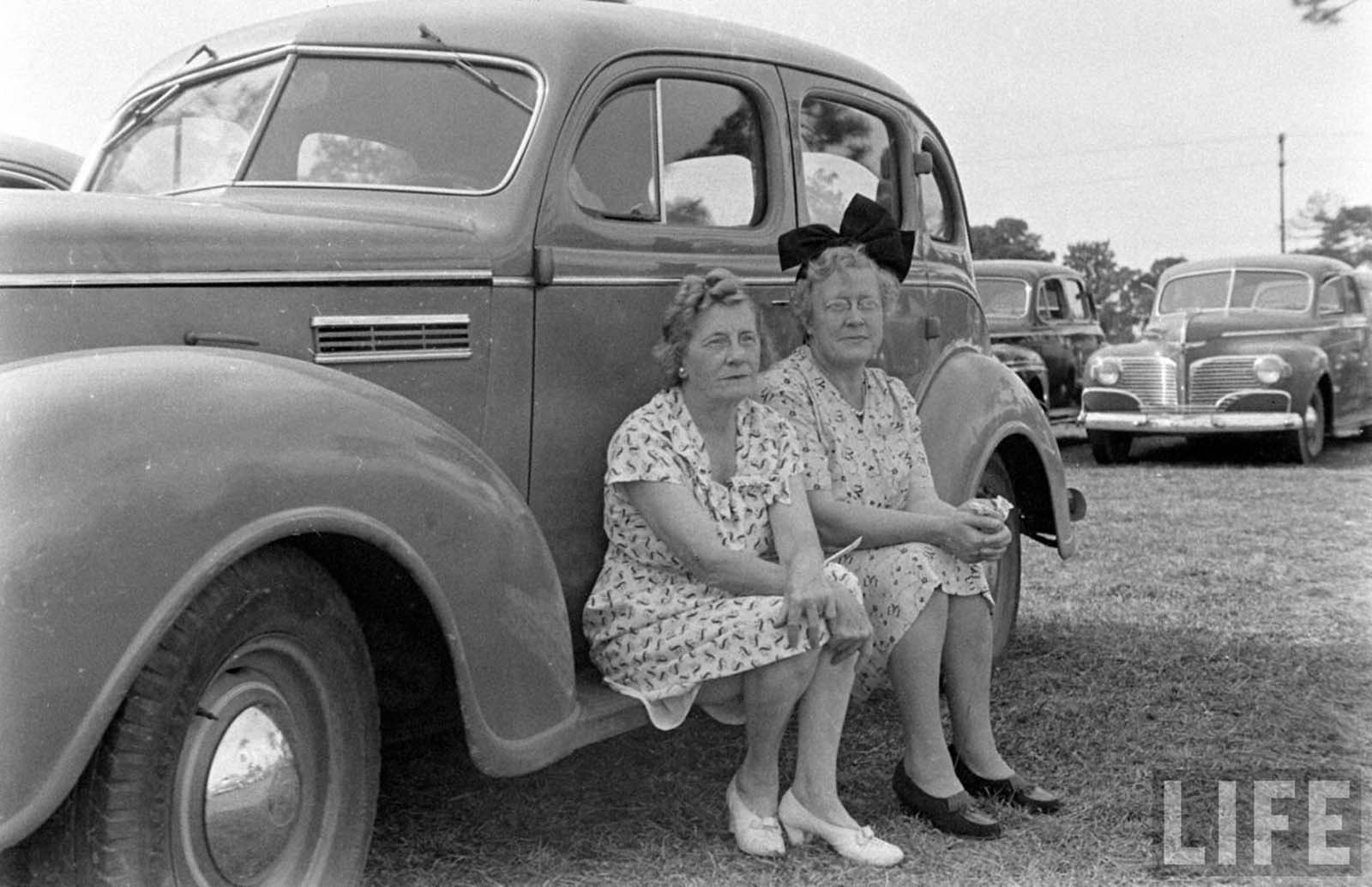
Progressing to 1921, a drive-in venue was launched by Claude V. Caver in Comanche, Texas. Caver secured authorization from the city to showcase films in the downtown area. Patrons experienced silent film screenings from their vehicles, parked bumper-to-bumper, as they witnessed the unfolding of the cinematic narratives.
Throughout the 1920s, the concept of "outdoor movies" gained traction as a sought-after summer entertainment. However, logistical challenges impeded the broader implementation of "drive-in" experiments during this period.
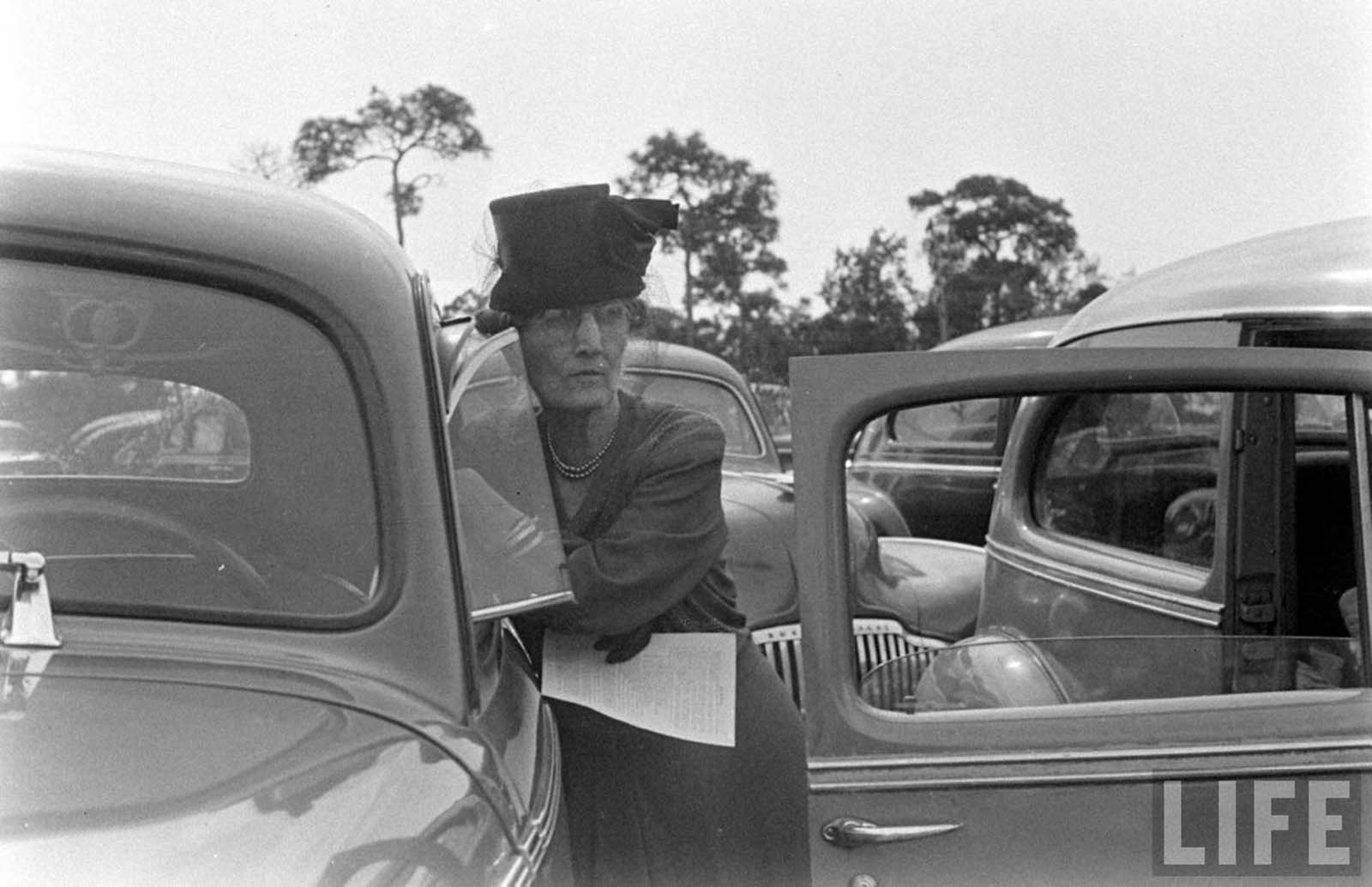
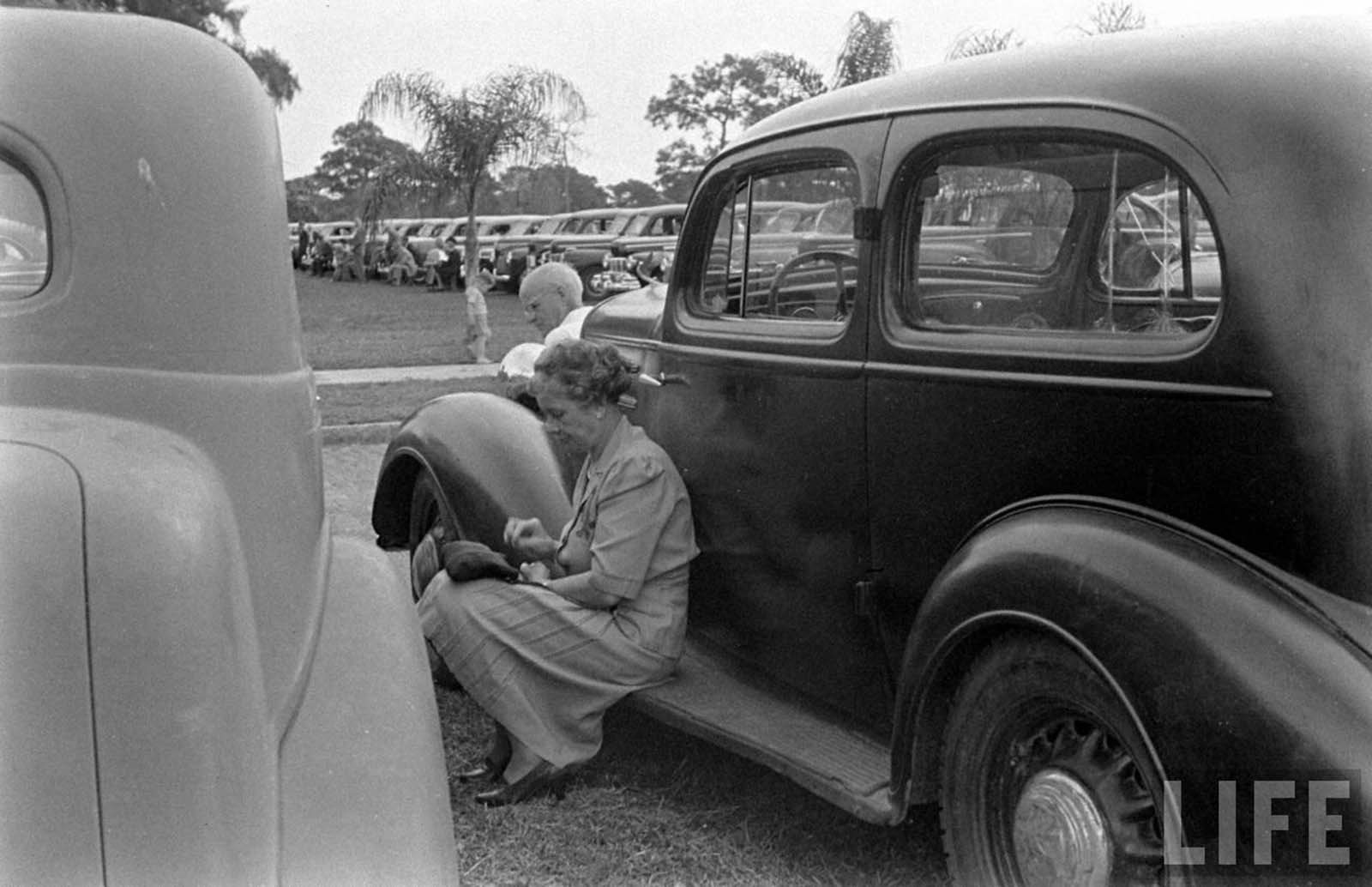
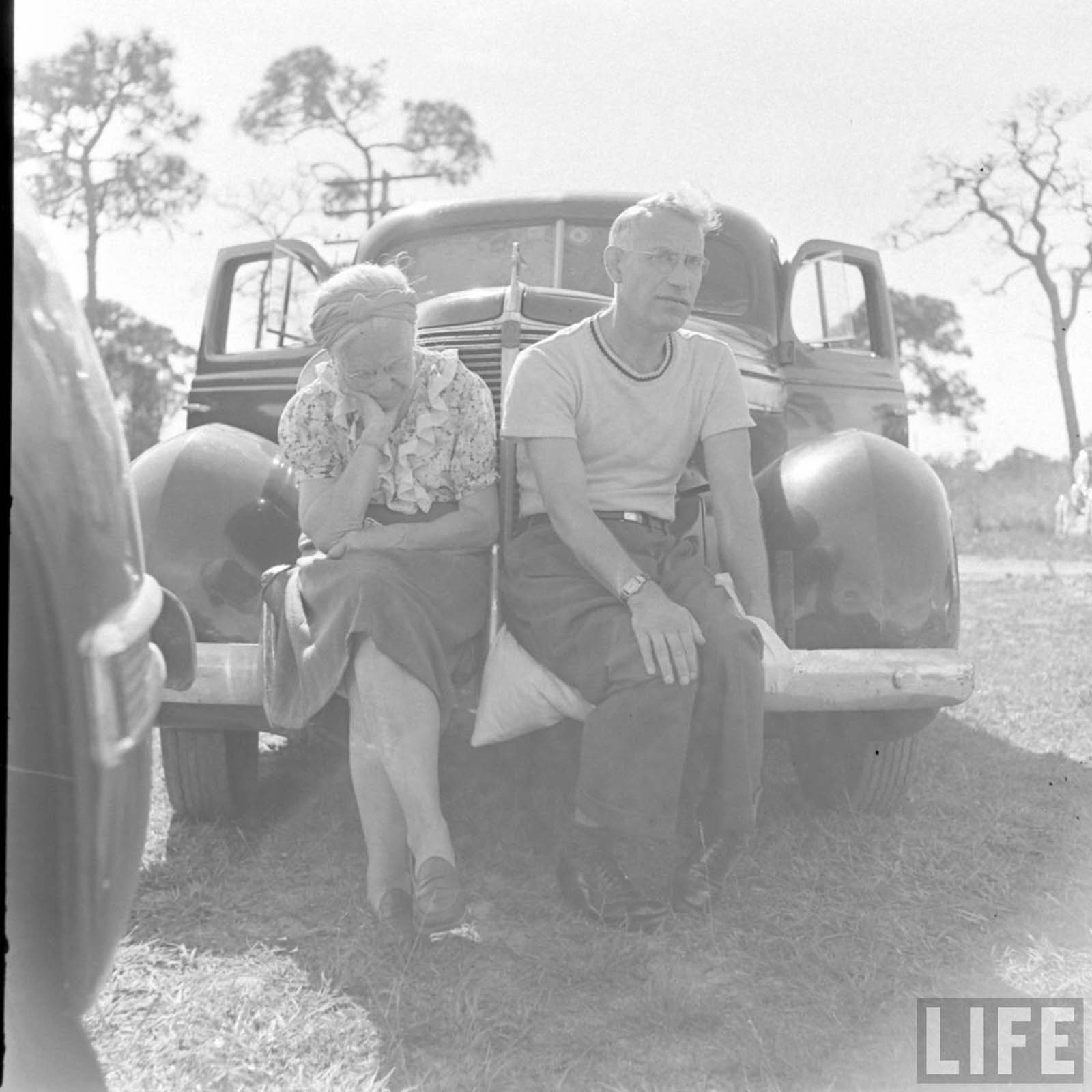


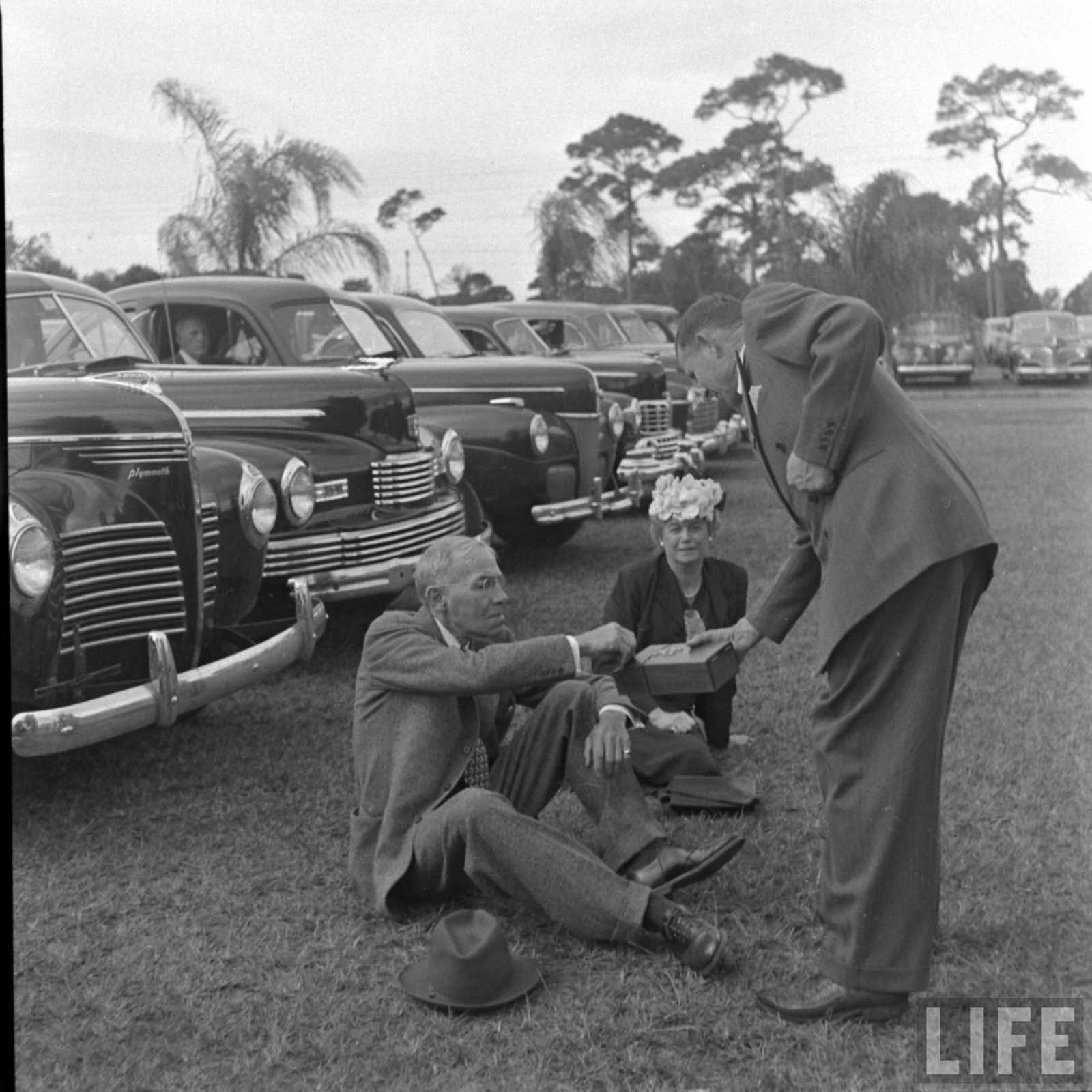
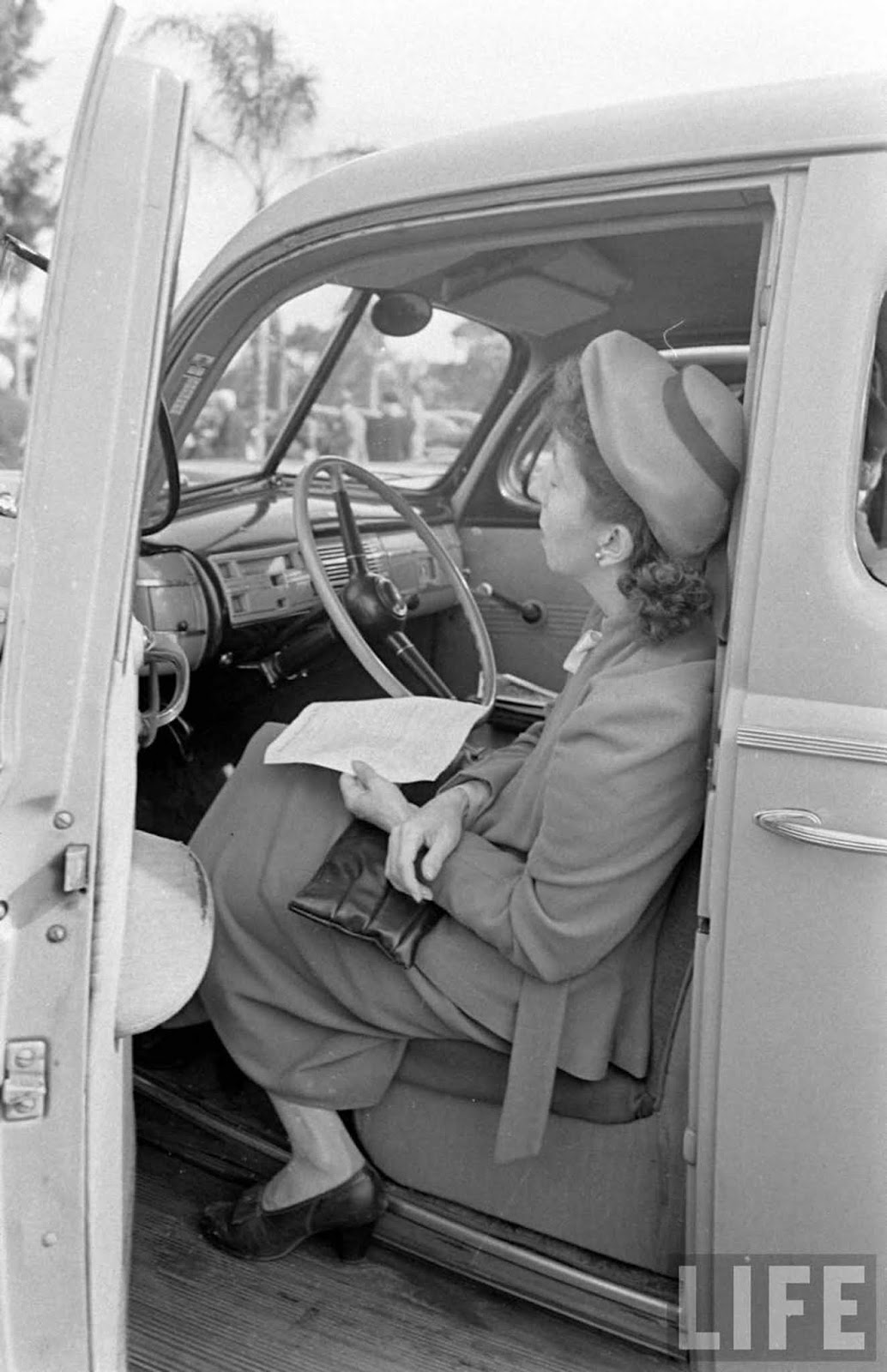
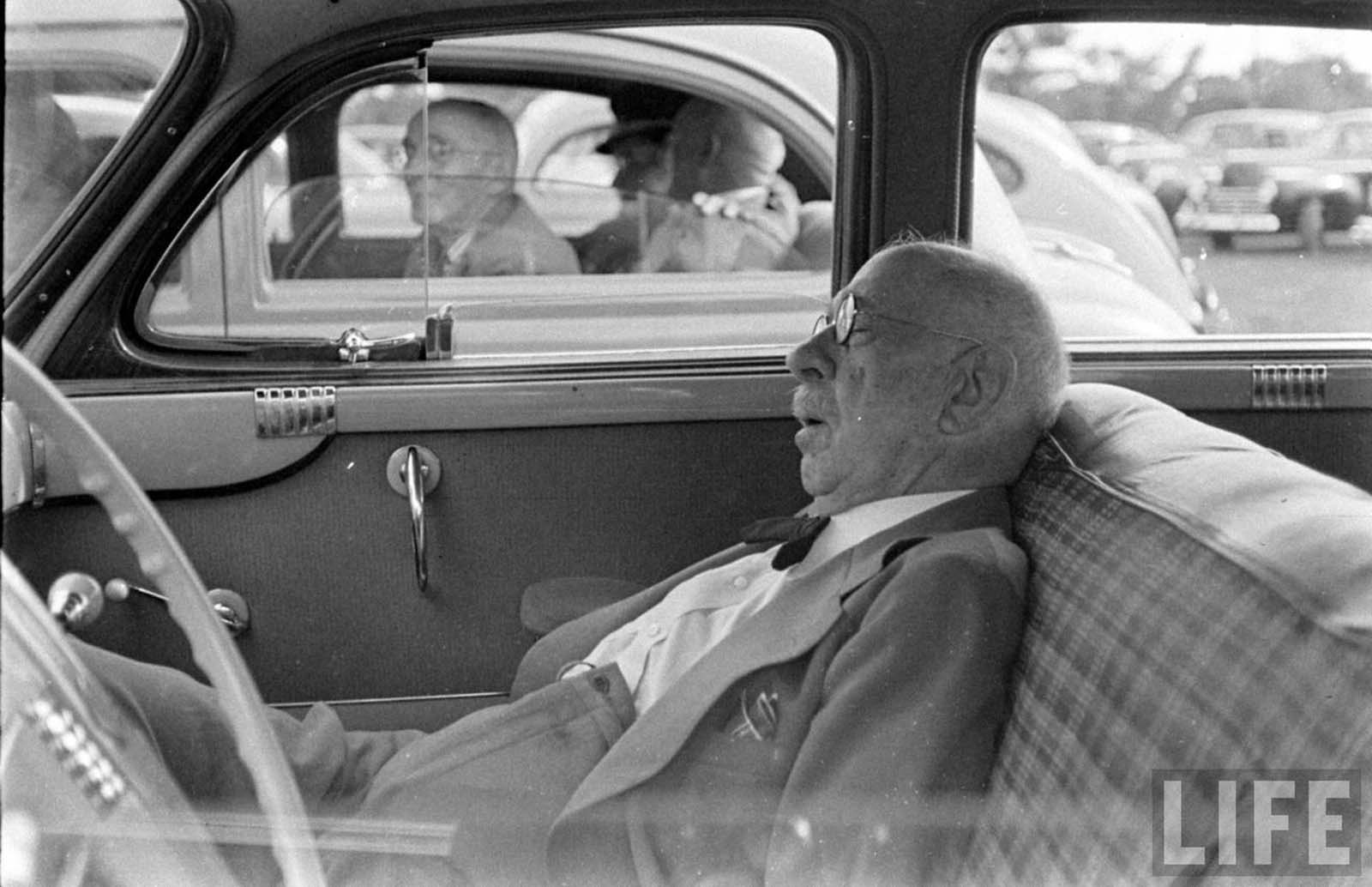
(Photo credit: Life Collection).
-1691825777x1024.jpg)
